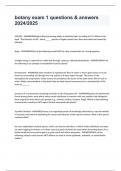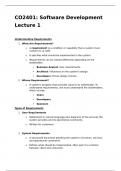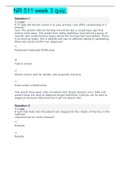Samenvatting
Summary Health Economics - 9781137029966
- Instelling
- Rijksuniversiteit Groningen (RuG)
- Boek
- Health Economics
Samenvatting van de hoofdstukken 1 t/m 5, 7 t/m 11 en 14 t/m 16 van het boek 'Health Economics' - Bhattacharya, 9966 voor het vak Health Economics EBB120A05 van de Rijksuniversiteit Groningen, faculteit Economie en Bedrijfskunde.
[Meer zien]














